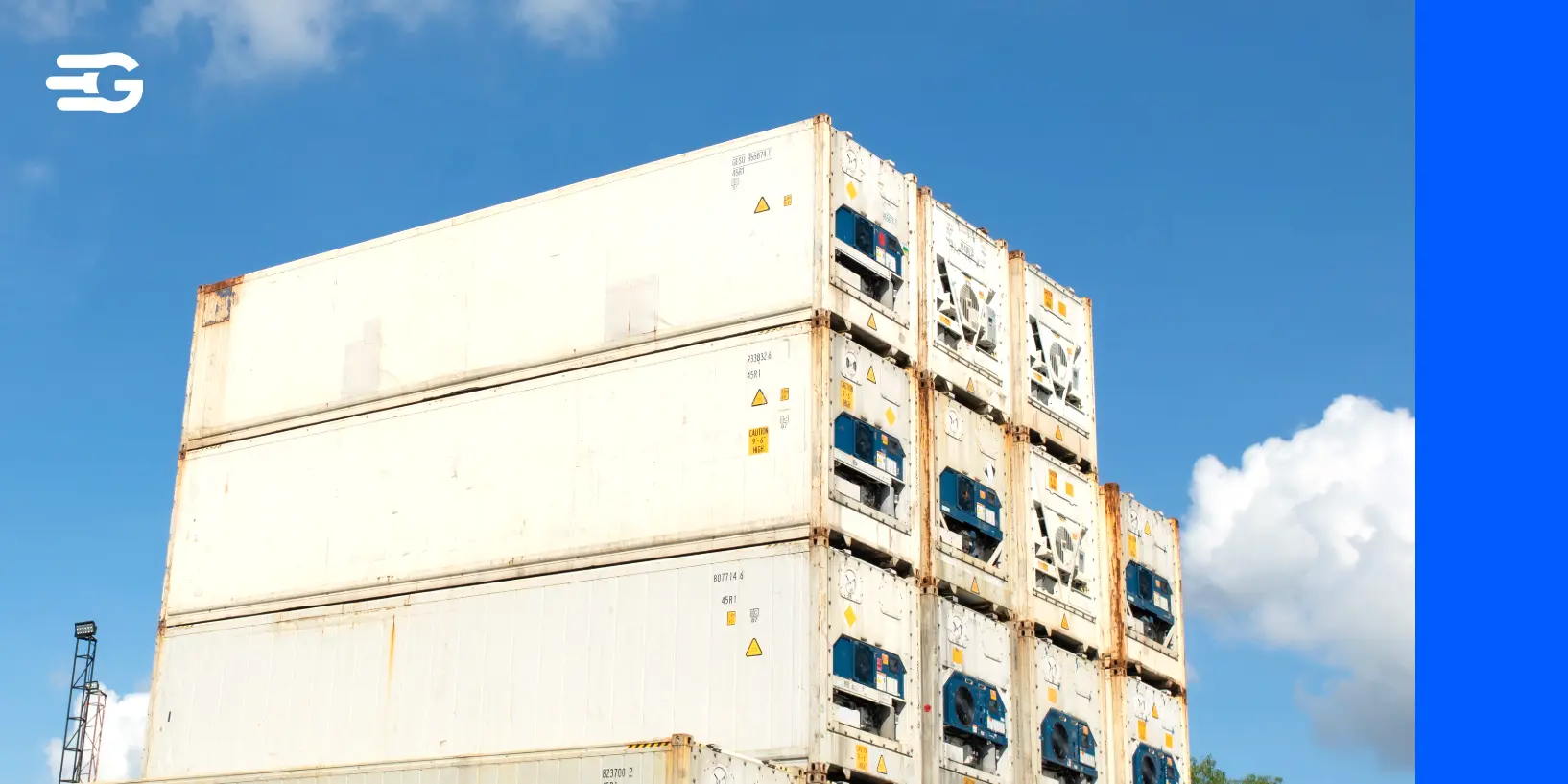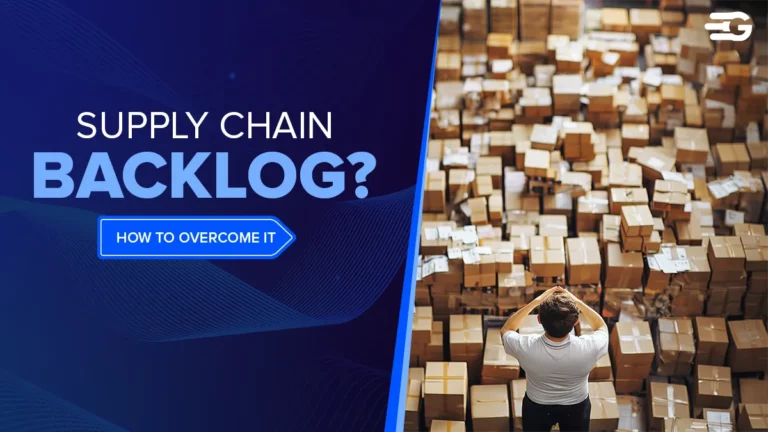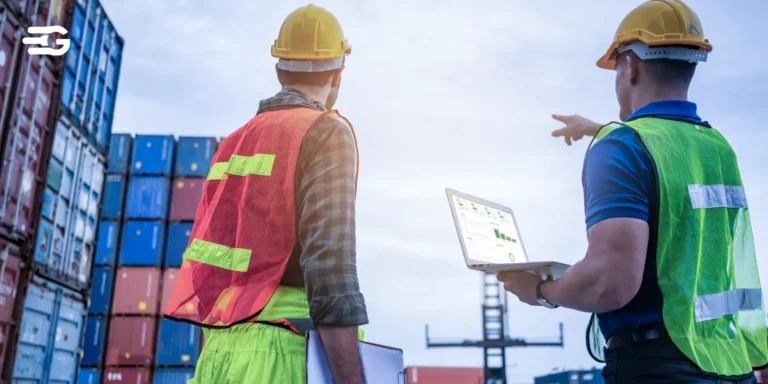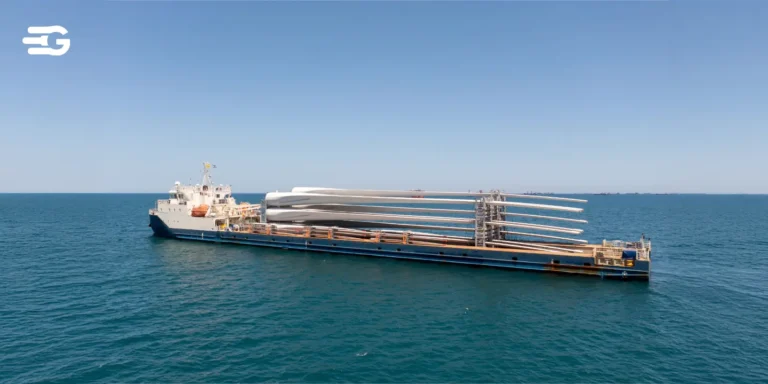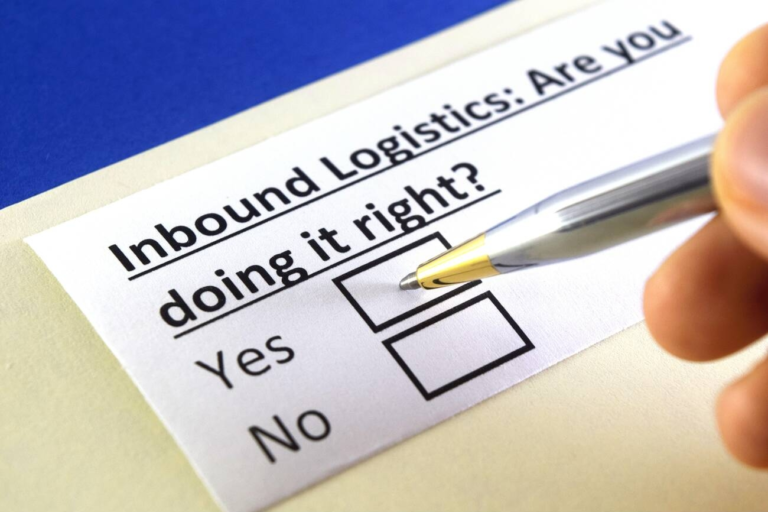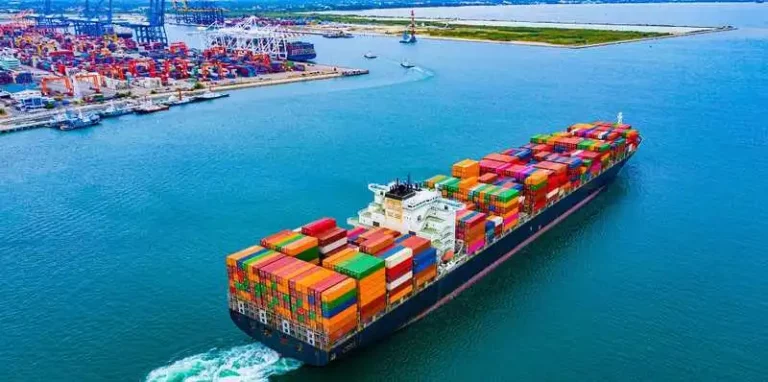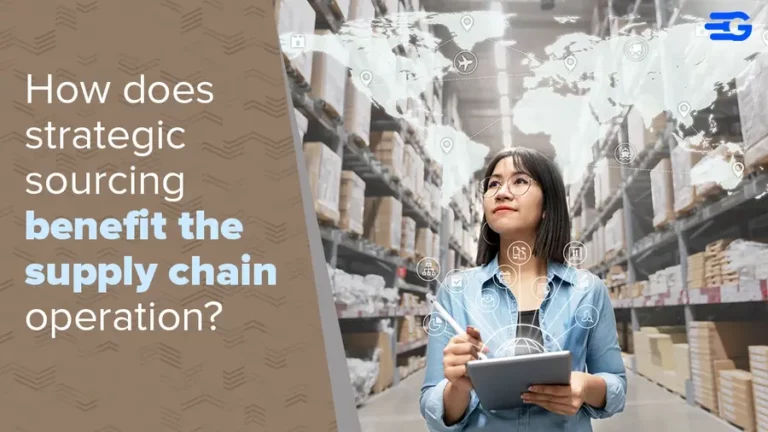The Complete Guide to Reefer Containers: Functionality, Uses, and Specifications
Reefer containers are an essential part of temperature-controlled logistics, ensuring perishable goods like food, pharmaceuticals, and chemicals remain fresh during transit. This guide explores how these containers work, their importance in global trade, and the industries that rely on them.
What Is a Reefer Container?
A reefer container, short for “refrigerated container,” is a temperature-controlled shipping container designed to transport perishable goods like food, pharmaceuticals, and chemicals. These containers maintain a consistent temperature range, ensuring that goods remain fresh throughout the journey.
Reefer containers are commonly used in global trade, particularly in the cold chain logistics industry. They come in various sizes, with 20ft and 40ft high cube (HC) versions being the most popular.
Why Are Reefer Containers Essential in Logistics?
Reefer containers play a crucial role in supply chains that require temperature-sensitive cargo to reach its destination in optimal condition. Industries such as food & beverage, pharmaceuticals, and electronics depend on these containers to prevent spoilage and maintain product integrity.
How Reefer Containers Work
Reefer containers function using an advanced refrigeration system that maintains precise temperature control. Unlike regular refrigerators that generate cold air, reefers regulate temperature by removing heat from the cargo space.
Core Mechanisms of Refrigeration
Reefer containers function using an integrated refrigeration system powered by electricity or diesel generators (gensets). They don’t produce cold air themselves; rather, they maintain and regulate the temperature inside using a closed-loop refrigeration cycle.
Key components include:
- Compressor: Circulates refrigerant to absorb heat.
- Evaporator: Cools the container by removing warm air.
- Condenser: Releases absorbed heat outside the container.
- Insulation: Helps retain temperature levels.
Temperature Control and Monitoring Systems
Modern reefers have advanced monitoring systems that allow real-time tracking of temperature and humidity. Many are equipped with IoT-enabled technology, allowing logistics companies to remotely monitor and adjust settings via cloud-based platforms.
A report from Maersk highlights how their reefer containers use advanced telematics to minimize cargo loss and optimize efficiency.
Importance of Gensets in Reefer Containers
Gensets (generator sets) act as backup power sources for reefer containers, especially during road transport or in areas where direct electrical connections aren’t available. These units ensure that perishable goods remain at the required temperature, even during extended transit periods.
Key Applications of Reefer Containers
They are widely used in industries where maintaining a specific temperature range is essential for product integrity.
Industries That Rely on Reefer Containers
- Food & Beverage: Transporting frozen and fresh produce, seafood, dairy, and meat.
- Pharmaceuticals: Ensuring temperature stability for vaccines, medicines, and biologics.
- Chemical Industry: Shipping temperature-sensitive chemicals and laboratory samples.
- Electronics: Some high-end devices require controlled environments to prevent damage.
Commonly Transported Goods
Reefer containers are used for perishable goods that demand strict temperature control, including:
- Fruits and vegetables
- Meat and seafood
- Dairy products
- Ice cream
- Medical supplies
- Specialty chemicals
Real-World Case Studies
For example, Pfizer used reefer containers extensively during COVID-19 vaccine distribution, ensuring doses remained within the required -70°C temperature.
Reefer Container Specifications and Types
Reefer Container Dimensions and Capacities
Reefers are available in different sizes, with the most common being:
- 20ft Reefer: ~28 cubic meters capacity
- 40ft HC Reefer: ~67 cubic meters capacity
A more detailed specification breakdown can be found on CMA CGM.
20ft vs. 40ft HC Reefer Containers
- 20ft Reefer: Ideal for smaller shipments and limited cargo space.
- 40ft HC Reefer: Offers greater capacity, commonly used for bulk shipments.
Customization and Modification Options
Some industries require modified reefers with:
- Multi-temperature zones for different goods.
- Humidity control systems.
- GPS tracking and IoT-enabled sensors.
Buying vs. Leasing Reefer Containers
Key Considerations When Purchasing
- Initial cost vs. long-term ROI.
- Maintenance and repair responsibilities.
- Resale value and depreciation.
Benefits of Leasing for Supply Chain Optimization
Leasing provides flexibility, especially for businesses with seasonal demand. Companies like Triton International offer lease solutions for businesses looking for cost-effective reefer container options.
Cost Comparison: Buying vs. Leasing
- Buying: Higher upfront cost but cost-efficient in the long run.
- Leasing: Lower initial investment, better for businesses with fluctuating needs.
Maintenance and Best Practices for Reefer Containers
Preventive Maintenance Tips
- Regular inspections of cooling units.
- Checking insulation integrity.
- Monitoring temperature fluctuations.
Common Issues and Troubleshooting
- Reefer not cooling properly: Check power supply and refrigerant levels.
- Temperature fluctuations: Verify door seals and monitoring systems.
Sustainable and Energy-Efficient Practices
- Use eco-friendly refrigerants.
- Opt for solar-powered reefers where possible.
- Implement AI-driven temperature optimization.
Leading Reefer Container Manufacturers & Suppliers
Top Global Manufacturers
- Carrier Transicold
- Daikin
- Thermo King
Choosing the Right Supplier
- Consider warranty and support services.
- Look for energy-efficient models.
- Assess after-sales service quality.
The Future of Reefer Containers in Logistics
Advancements in Cold Chain Technology
- AI-powered monitoring: Automated alerts and adjustments.
- Blockchain integration: Ensuring transparency in logistics.
Impact of IoT and Smart Monitoring Systems
IoT-enabled reefer containers are transforming logistics by reducing spoilage and increasing efficiency. Platforms like GoComet help businesses optimize reefer container tracking with real-time analytics.
Sustainable Innovations in Refrigerated Shipping
- Development of hydrogen-powered reefers.
Introduction of biodegradable refrigerants to minimize environmental impact.
